The data gleaned from Apple's cardiac health study in conjunction with Stanford has been disclosed, with doctors in attendance positive not just about the study as a whole, but also about the Apple Watch as an additional source of information to diagnose a problem.
In a presentation at the American College of Cardiology's annual conference on Saturday, more light was shed on Apple's cardiac health study with the Apple Watch. Stanford Medicine researchers presented their findings, with study results showing that 0.5 percent of the over 419,093 participants received an irregular heart rhythm notification
According to Apple, as well as the doctors giving the presentation at the American College of Cardiology's 68th annual event, many participants sought medical advice following their irregular rhythm notification, using the information as an additional data point for doctors to use in assessing any underlying condition.
"As physicians, we are always trying to find ways to offer patients health information that is meaningful to them for individualized care," said Sumbul Desai, MD, Apple's vice president of Health. "Seeing medical research reflect what we're hearing from consumers is positive and we're excited to see Apple Watch helping even more consumers in the future while collaborating with the medical community to further research."
The study was originally announced during the Apple Watch Series 3 release event. At the time, Apple noted that it was working with the U.S. Food and Drug Administration on the process.
"Through the Apple Heart Study, Stanford Medicine faculty will explore how technology like Apple Watch's heart rate sensor can help usher in a new era of proactive health care central to our Precision Health approach," Lloyd Minor, Dean of Stanford University School of Medicine said when the study launched. "We're excited to work with Apple on this breakthrough heart study."
To calculate heart rate and rhythm, the Apple Watch uses green LEDs coupled with light-sensitive photodiodes to detect the amount of blood flowing through the wrist. The sensor collects signals from four points on the wrist, and uses the data to identify an irregular heart rhythm. During the test, If an irregular heart rhythm was identified by the sensors, study participants received a notification on their Apple Watch and iPhone, a free consultation with a study doctor, and an electrocardiogram peripheral for additional monitoring.
Enrollment in the study closed on August 2, 2018. The American Heart Journal previously declared that the study's 419,093 participants made it the largest one of its kind in history.
Data collection for the study concluded in January 2019.
Since the study's launch, Apple has ramped up its positioning of the Apple Watch as a health accessory, most notably with the electrocardiogram (ECG) feature in the Apple Watch Series 4. Using the app and special sensors in the base and crown, the Series 4 can act as a single-lead ECG reader.
 Mike Wuerthele
Mike Wuerthele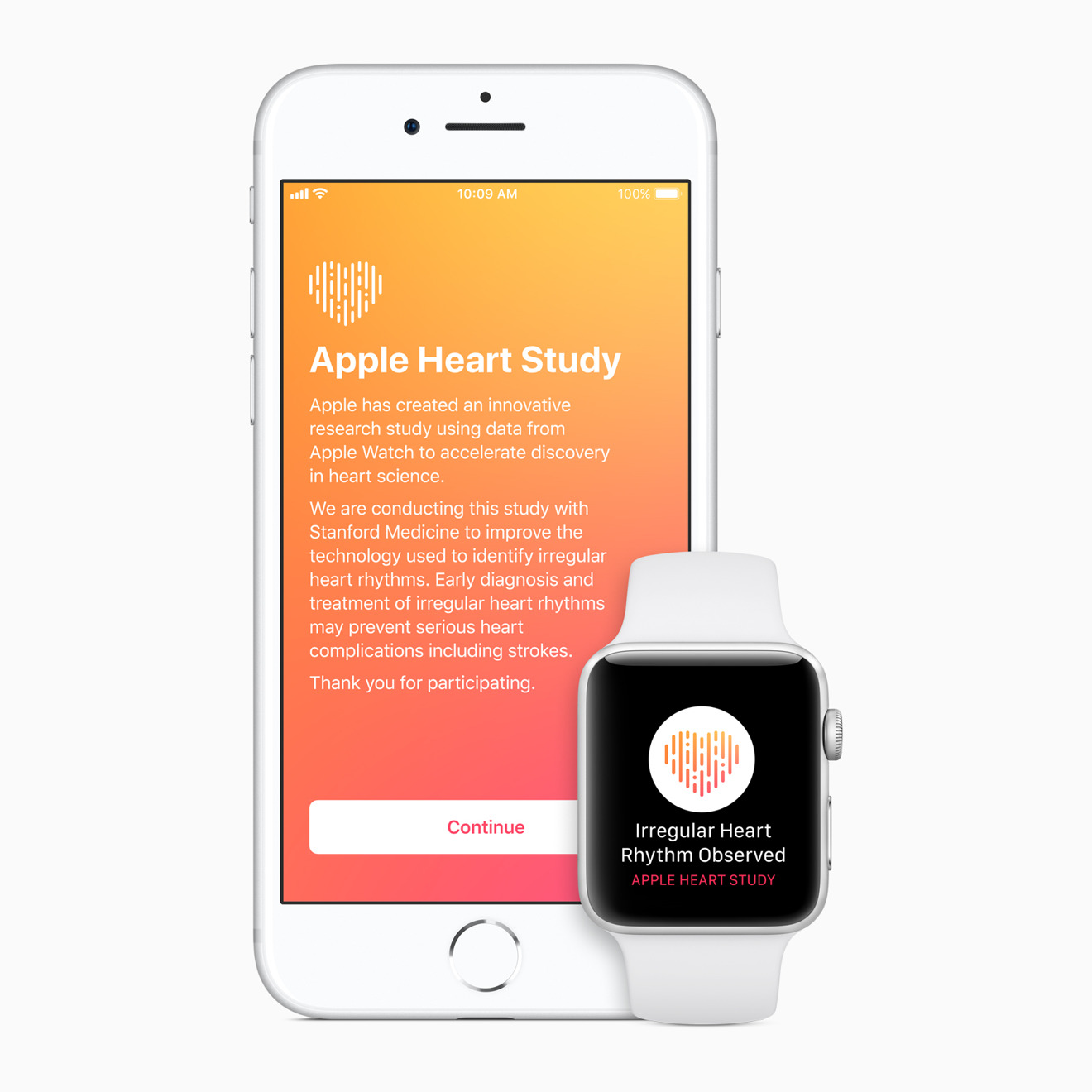

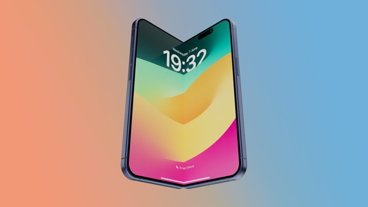
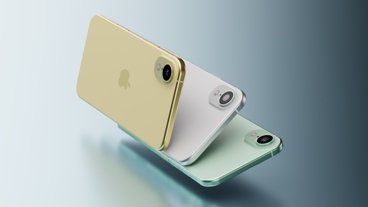
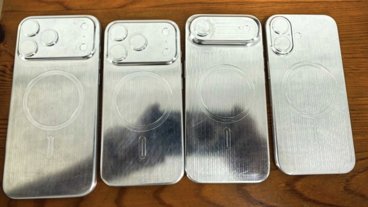
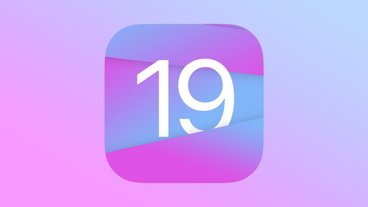
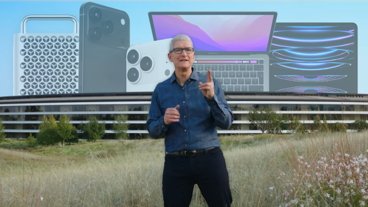

-m.jpg)






 Chip Loder
Chip Loder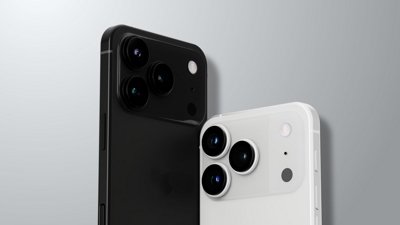
 Wesley Hilliard
Wesley Hilliard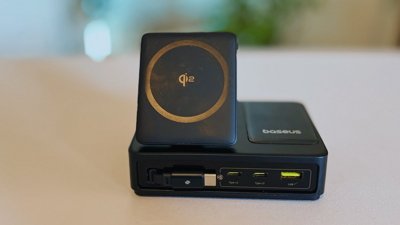
 Amber Neely
Amber Neely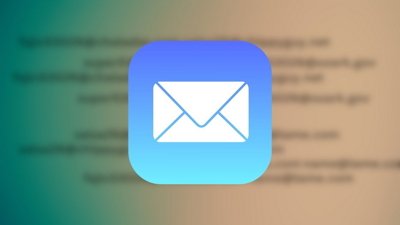
 Marko Zivkovic
Marko Zivkovic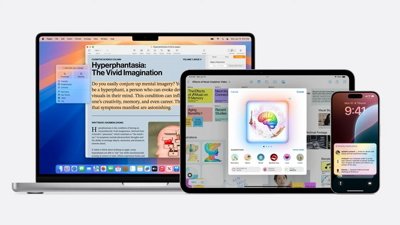
 Malcolm Owen
Malcolm Owen
 Andrew O'Hara
Andrew O'Hara
 Christine McKee
Christine McKee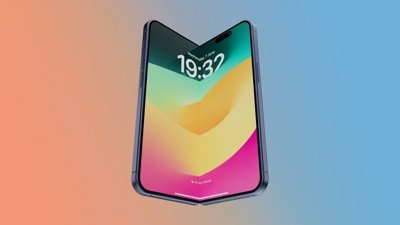









27 Comments
It's why I bought the Apple Watch4.
While 0.5% doesn't seem like a lot, it's actually a pretty high percentage - one can see why Apple is pushing the health applications of the Apple watch!
1) So when certain AI posters claimed that the Apple Watch couldn't possibility help save lives it was all bullshit? Who woulda thunk?
2) This is only the beginning. I look forward to what other advancements for health and safety from Apple (and other vendors) will become common in wearable CE.
Or like me, who reported these alerts to my GP, who put me on his electro cardiograph. After an external consultationI I was persciibed a beta blocker. Requesting a Stanford electrocardiograph device was unnecessary; and hence, not included in Stanford’s conclusions.
I expect my experience is not exceptional.
An article in the WSJ has a different take. It says:
“Researchers found that the ECG patches confirmed atrial fibrillation in only 34% of the 450 people who returned patches. The remaining two-thirds had no confirmed atrial fibrillation during the time they wore the patches—raising questions about the watch’s accuracy.
Renato Lopes, professor of at Duke University School of Medicine, said the watch has potential to detect some atrial-fibrillation cases “you would not get otherwise.” But in a panel discussion after results were presented, he said the 34% confirmation rate was “not very high.”
Dr. Perez of Stanford said episodes of atrial fibrillation can be intermittent, which could help explain why a big proportion of ECG patch wearers had no confirmed atrial fibrillation during the week they wore it.”
I think the Watch is a fabulous product, and I love mine. But let’s not get ahead of ourselves: this technology at the consumer level is still in its early stages. For example, it cannot detect a-fib when the Watch is being charged.